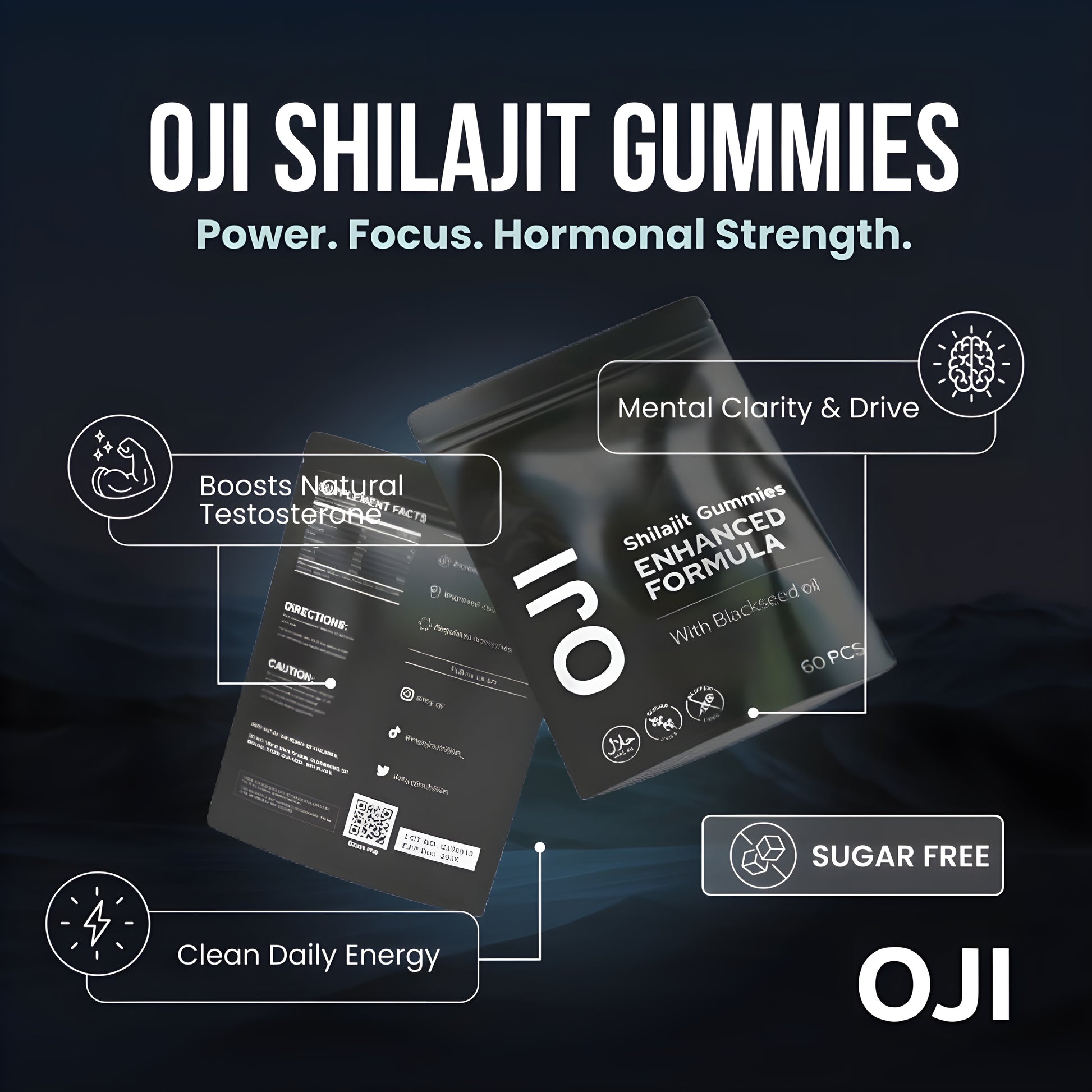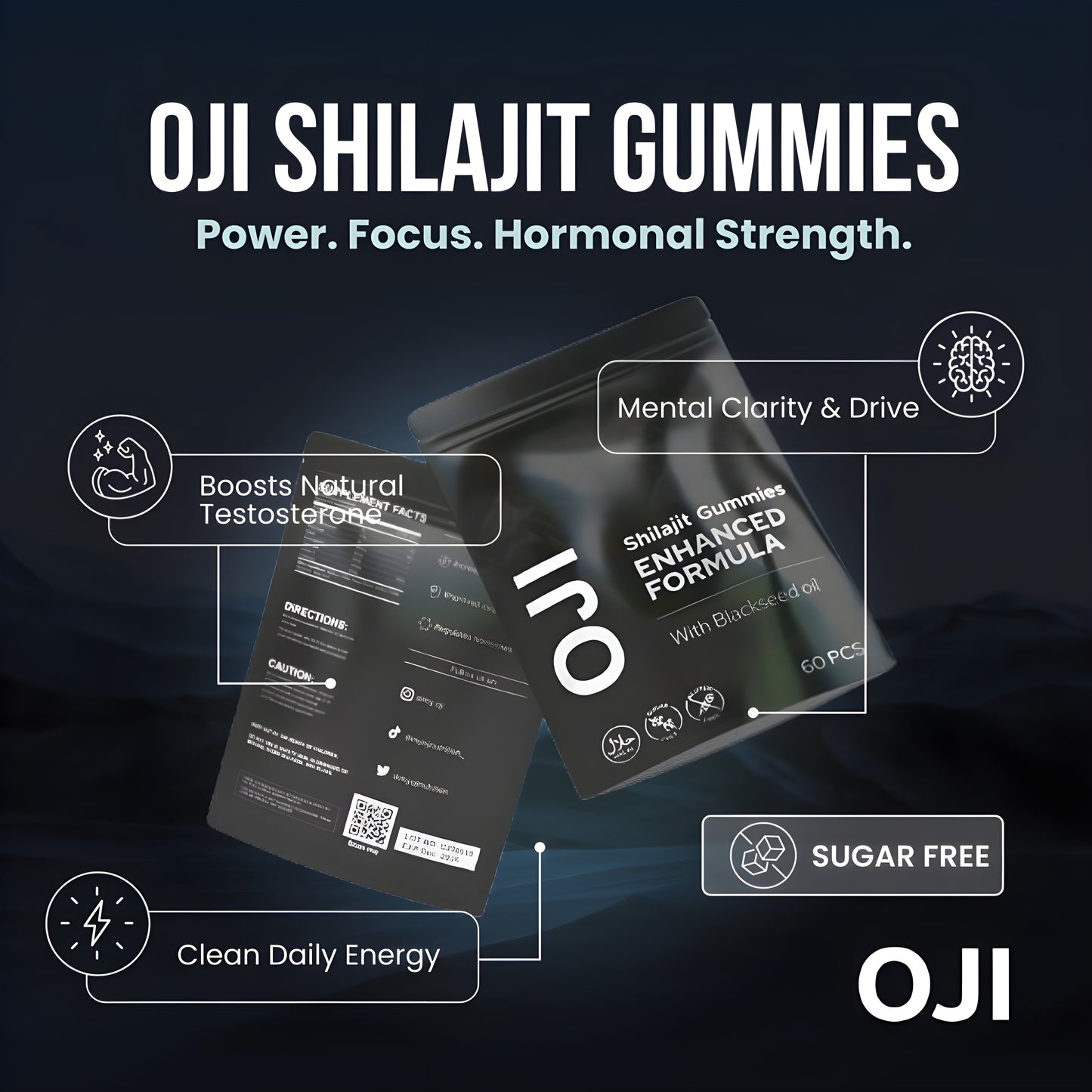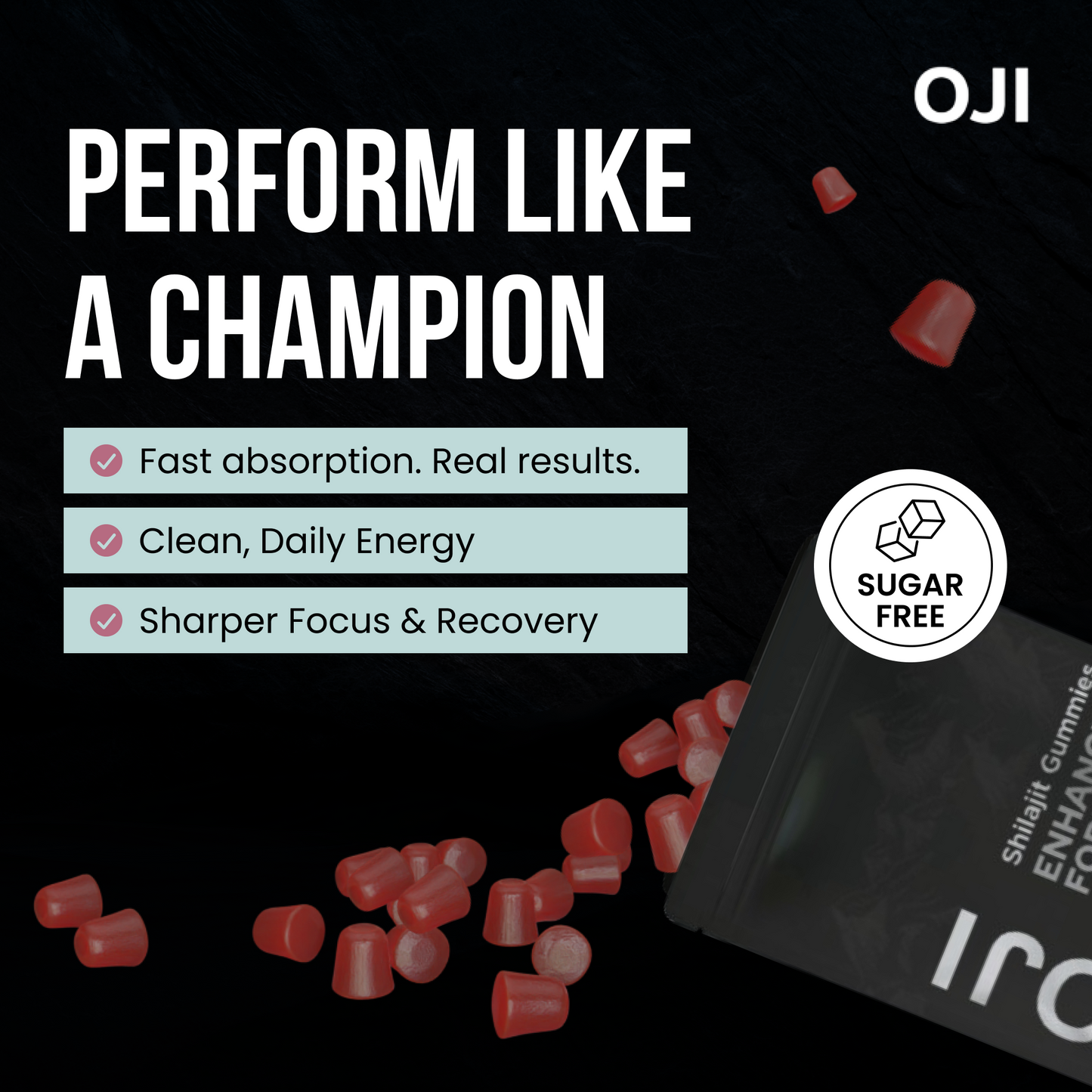That knot in your stomach before a big presentation? The sweaty palms before a crucial meeting? These feelings aren't the enemy. The connection between anxiety and performance isn't about eliminating stress—it's about learning how to use it. A little nervous energy can sharpen your focus and drive you forward, turning pressure into your greatest advantage. This guide provides actionable steps to help you do exactly that.
The Hidden Link Between Anxiety and Peak Performance

Think of anxiety as your body gearing up for a challenge. It's a sign that what you’re about to do matters. The goal isn't to erase it, but to find the sweet spot where it works for you.
Imagine tuning a guitar. A string that’s too loose makes a dull sound—that’s you with zero pressure. Wound too tight, it sounds shrill or snaps—that's anxiety spiralling out of control. When it's tuned just right, you get a perfect note. That’s you, in the zone, performing at your best.
Turning Stress Into a Strategic Advantage
This guide gives you practical tools to change how you handle pressure. Unchecked anxiety can sabotage performance. In the UK, a staggering 20% of adults reported feeling anxious most or all of the time in March 2023. When that feeling takes over, it shatters concentration. You can find out more about UK anxiety statistics to see the full picture.
By mastering your response, you can stay in control, turning potential overwhelm into a catalyst for achievement. It's about building resilience so you can perform your best when it matters most.
Here’s what this guide will help you do:
- Identify Your Zones: Learn to spot the difference between helpful, productive stress and destructive, overwhelming anxiety.
- Apply Practical Techniques: Get your hands on simple, effective methods to manage your state when the stakes are high.
- Build a Personal Plan: Map out a clear path to face challenges with confidence, not fear.
Understanding Your Performance Curve
A complete lack of pressure leads to procrastination, while too much sends your brain into a spiral. This relationship between pressure and performance is explained by the Yerkes-Dodson Law. Getting your head around it is the first step toward mastering your anxiety performance.
Think of an athlete before a big race. Too relaxed, and they'll have a sluggish start. Overwhelmed with tension, and they might make critical mistakes. It’s that focused, adrenalised middle ground where they smash personal bests.
This concept is best visualised as an inverted-U curve, showing how performance peaks and then falls as pressure ramps up.
The Three Zones of Arousal
Your performance falls into one of three distinct zones. The key is to learn to recognise which one you are in so you can take action.
This table breaks down the Yerkes-Dodson Law into three clear zones, showing you what each one feels like and how it affects your performance.
| The Three Zones of Anxiety Performance | ||
|---|---|---|
| Performance Zone | Anxiety Level | Impact on Performance & Feelings |
| Under-Arousal (The Slow Start) | Low | You feel bored, unmotivated, and disengaged. It's tough to focus, and procrastination often takes over. Performance is sluggish and uninspired. |
| Optimal Arousal (The ‘Flow’ State) | Moderate | This is the sweet spot. You feel challenged but in control. Your focus is sharp, your senses are heightened, and you can achieve peak performance. |
| Over-Arousal (The Burnout Zone) | High | Overwhelming anxiety kicks in. Performance plummets as you experience racing thoughts, decision paralysis, and physical stress. It's impossible to function well here. |
By pinpointing which zone you're in, you can start to understand what's driving your performance—or lack of it.
This infographic breaks down the main drivers that can push you into these different states.

Performance anxiety is a mix of your internal thoughts, external pressures, and how your body physically reacts.
The key takeaway is that anxiety itself isn't the enemy. The goal isn't to eliminate it entirely but to keep it in that optimal zone where it actually serves you.
Instead of seeing anxiety as an on/off switch, view it as a dial you can learn to adjust. By identifying which zone you're in, you can take specific, practical steps to nudge yourself towards that productive sweet spot. The next section shows you exactly how.
How to Identify Your Personal Anxiety Zones

To manage your anxiety performance, you must first learn to spot your body's unique signals. Think of these signals as an early warning system. By paying attention to how you physically, mentally, and emotionally respond to pressure, you can identify which performance zone you’re in and take action to get back to the sweet spot.
Your Physical Barometer
Your body reacts to anxiety long before your conscious mind does. Use these physical cues to know when stress is pushing you into overdrive or leaving you flat.
- Signs of High Anxiety (Over-Arousal): Notice a clenched jaw, racing heart, shallow breathing, or trembling hands. These are classic fight-or-flight responses telling you to calm your system.
- Signs of Low Arousal (Under-Performance): Recognise feelings of lethargy, heaviness, or sluggishness. This is your body telling you it needs a motivation boost.
This has a huge impact on daily life. In the UK, data from 2023/24 revealed that 27.2% of employed people experienced some anxiety, and 3.8% had severe symptoms that got in the way of focus. You can discover more about these mental health statistics and see the real-world effects.
Cognitive and Emotional Cues
Your thoughts and feelings also provide clear signals. Learning to name these internal states is a game-changing step.
Identifying your internal state isn't about judging yourself; it's about gathering information. Every clue, whether it's racing thoughts or a sense of apathy, is a signpost telling you what you need to do next to find your balance and get back on track.
Use this quick mental checklist to pinpoint where you stand:
- Check Your Thoughts: Are they a tangled mess, jumping from one thing to the next (high anxiety)? Or is your mind slow and foggy (low arousal)?
- Assess Your Mood: Are you feeling snappy and easily frustrated (high anxiety)? Or do you feel a sense of boredom and detachment (low arousal)?
- Analyse Your Outlook: Is your brain jumping to the worst-case scenario (high anxiety)? Or are you putting off a task because you can’t muster any inspiration (low arousal)?
By checking in with yourself regularly, you will build a clear map of your personal anxiety zones. This self-knowledge is the foundation for managing your state and consistently hitting your peak performance.
Actionable Strategies to Manage Your Anxiety and Performance

Your ability to manage anxiety performance comes down to having a toolkit of practical techniques ready to go. This means knowing what to do in high-pressure moments and building long-term habits for resilience.
Think like a pilot: use in-the-moment strategies to handle sudden turbulence, but also rely on routine maintenance and a solid flight plan to ensure a smooth journey.
In-the-Moment Techniques for Immediate Relief
When you feel anxiety spiking, your body’s fight-or-flight response kicks in. The goal is to manually override that system with simple exercises that signal safety to your brain.
Here are two powerful techniques you can use anywhere:
- Box Breathing: This method quickly lowers your heart rate. Picture a square. Inhale for four seconds, hold for four, exhale for four, and hold again for four. Repeat the cycle until you feel your body calm down.
- The 5-4-3-2-1 Grounding Technique: This pulls you back into the present. Pause and deliberately notice: five things you can see, four things you can feel, three things you can hear, two things you can smell, and one thing you can taste. This sensory focus interrupts anxious thought loops.
These are physiological resets that pull you out of the over-arousal zone and back towards optimal performance.
Proactive Habits for Long-Term Resilience
While immediate relief is crucial, building a strong foundation changes your relationship with anxiety over time. These habits help you maintain balance, making you less likely to be pushed into the high-anxiety zone.
Building resilience isn’t about becoming immune to stress. It’s about developing the flexibility to bend without breaking, so you can recover faster and perform more consistently under pressure.
Start by weaving these three pillars into your routine:
- Practice Daily Mindfulness: Even a few minutes a day retrains your brain to be less reactive. Use a guided meditation app or simply sit and focus on your breath. The aim is to create space between a trigger and your reaction.
- Use Strategic Time Management: Break big tasks into smaller, manageable steps to create a sense of progress and control. Proactive organising prevents the last-minute panic that sabotages performance.
- Get Regular Physical Activity: Exercise is a powerful anxiety manager. A brisk walk, yoga, or a run releases endorphins and reduces stress hormones, boosting your mood and ability to cope with pressure.
By combining these proactive habits with your in-the-moment techniques, you create a robust system for managing your anxiety performance. To support your body’s natural stress response further, consider exploring supplements for stress and anxiety as an addition to your holistic routine.
Natural Support for a Balanced Stress Response
While techniques are key to managing your anxiety performance, supporting your body from the inside out provides a powerful, stabilising foundation. Weaving natural aids into your daily routine builds long-term resilience, making it easier to stay in the sweet spot of peak performance.
This isn't about a quick fix. It's about giving your body the raw materials it needs to handle stress. When your system is well-supported, you have a stronger buffer against being pushed into the zone of over-arousal.
Building Resilience from Within
Think of your body’s stress response like a car engine. Behavioural strategies are your skilled driving, but the engine still needs quality fuel to run smoothly. Natural supplements can be that premium fuel.
Oji Shilajit gummies are designed for this purpose. They contain fulvic acid, a powerful compound that helps shuttle nutrients into your cells. This helps you get more out of the 85+ essential minerals in shilajit, which are vital for energy production and brain function. By nourishing your body at a cellular level, you build a stronger baseline.
A well-supported body creates a calmer mind. By addressing nutritional gaps and supporting your adrenal system, you're not just managing anxiety—you're building a more resilient foundation for consistent success and mental clarity.
This is especially true when combined with other powerful adaptogens. For example, our science-backed guide explains how ashwagandha supports stress management by helping the body adapt to various stressors.
A Supportive Element in Your Daily Routine
Adding a supplement like Oji Shilajit into your day is a simple, practical step towards feeling more balanced. It works hand-in-hand with your breathing exercises and mindfulness practices by ensuring your body’s chemistry is working with you, not against you.
This creates a positive feedback loop:
- Your body is better nourished, reducing physical stress.
- With less physical stress, applying psychological techniques becomes easier.
- Effective use of those techniques leads to better outcomes, boosting your confidence.
This process helps you maintain the crucial balance needed for peak anxiety performance.
Building Your Personal Performance Anxiety Plan
Now it's time to turn knowledge into action to master your anxiety performance. A structured plan removes the guesswork when pressure mounts. Follow these steps to build a flexible system that works for you.
Step 1: Identify a Specific High-Stakes Area
First, pick one specific situation where you want to improve. Be precise. Instead of a broad goal like "get better at public speaking," choose something like, "stay calm during the first two minutes of my weekly team presentation." This focus makes it easier to track your progress.
Step 2: Assess Your Current Patterns
Next, use the self-assessment checklists from earlier to analyse what happens in that situation. What are the first physical signs of anxiety you feel? What negative thoughts typically arise? Understanding your unique pattern is the first step toward changing it.
A personal plan transforms abstract knowledge into tangible results. By tailoring strategies to your specific triggers and goals, you create a reliable system for staying in control when it counts.
Step 3: Choose Your Core Techniques
You don't need to do everything at once. Pick two or three practical techniques for your chosen situation.
- For in-the-moment relief: Commit to using Box Breathing for one minute right before your presentation starts.
- For long-term resilience: Practice a five-minute mindfulness session each morning to build a calmer baseline over time.
Finally, consider how natural support fits in. Adding a supplement to your routine can help support your internal systems, providing a solid foundation for your mental techniques to work even better.
By following these simple steps, you'll have a clear, custom-built plan for managing your anxiety and consistently hitting your peak performance.
Your Questions, Answered
Here are answers to some of the most common questions about managing anxiety and performance.
Can I Get Rid of Performance Anxiety Completely?
The goal is management, not elimination. A little nervous energy fuels peak performance, as explained by the Yerkes-Dodson Law. The key is to learn how to keep that feeling in your sweet spot, where it sharpens your focus instead of overwhelming you.
How Quickly Will These Techniques Actually Work?
Think of it like getting fit. Consistency is key. Techniques like box breathing can provide immediate calm, but building long-term resilience comes from regular practice. Lasting change is a marathon, not a sprint.
Does Anxiety Affect Physical Performance As Well?
Absolutely. The mind and body are deeply connected. Anxiety can cause physical symptoms like muscle tension, shallow breathing, and shaky coordination. For athletes, musicians, or public speakers, managing your mental state is as crucial as physical training.
Remember, supplements are most effective when they're part of a bigger picture of wellbeing. It’s always a good idea to chat with a healthcare professional before adding something new to your routine, just to make sure it’s the right fit for you.
Before trying Oji Shilajit gummies or any new supplement, have a word with your doctor to make sure it aligns with your personal health needs.
Ready to give your body’s natural stress response a helping hand and build resilience from the inside out? See how Oji Shilajit can fit into your personal performance plan. Find your balance and order yours today.





